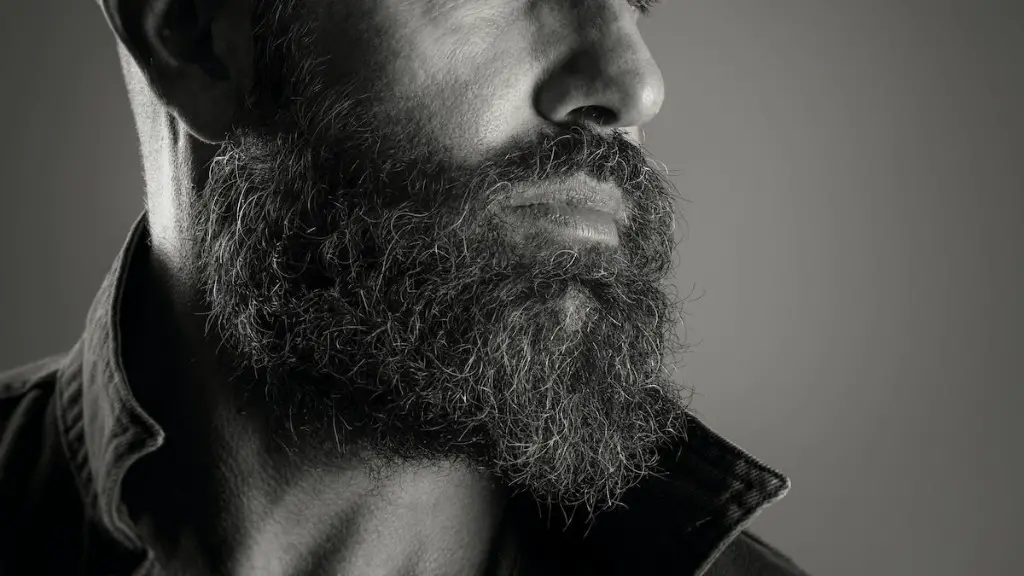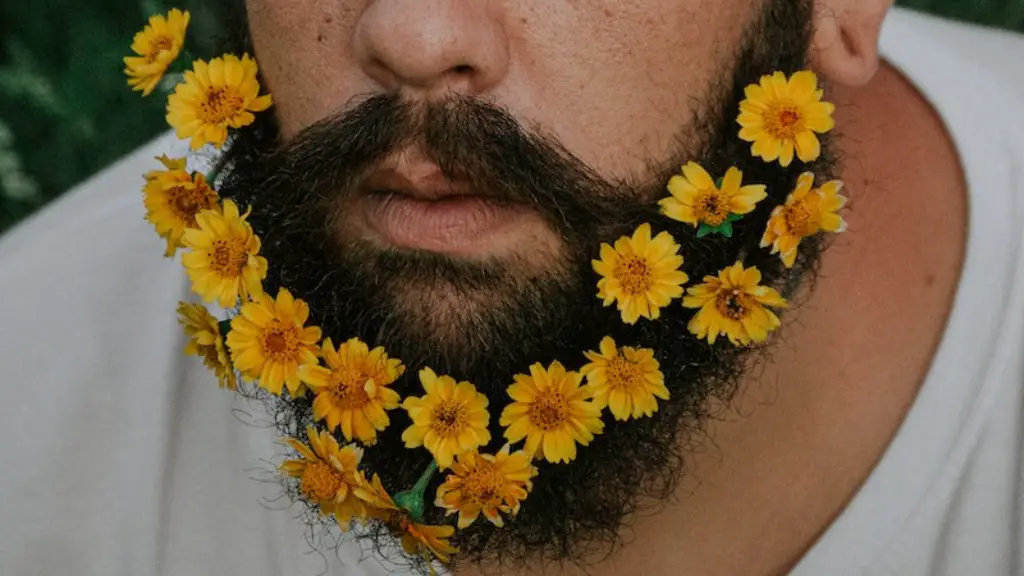After their absence from the male fashion world since the 16th century, beards have soared in popularity over the past few years. While having a beard is fashionable, men don’t always know how to manage it. Grooming a beard can seem daunting, and without proper attention and beard shaping, it may not survive very long. With that thought in mind, it’s important to know how to shape and manage a beard for optimal growth.
The first step when shaping a beard is to get a trimmer. Trimmers allow for precision and control when removing excess hair and shaping a beard, something scissors simply cannot do. Electric and non-electric trimmers can be found in most drugstores or beauty store, as well as online. Using a setting from 1 to 3 (depending on the trimmer), cut against the grain of your beard going up, then down, for even growth and an overall neat, clean look.
Once you have a trimmer, decide upon the style of the beard you want. Each shape carries a different message and commands a different look. For example, a square beard can appear strong and sophisticated. Or, a goatee can look good on a variety of face shapes, as can a chinstrap, chin curtain, and a soul patch.
When making the decision on what style to choose, it’s important to remember that some styles may be better suited for certain face shapes than others. Having a beard that’s too big can make a face look smaller. A beard that’s too long might not be the best he’ll ever look. Ultimately, a certain shape will flatter one face more than the other.
Next, trim the cheek and necklines for a cleaner look. Use the point-trimmer attachment along the jawline and the other flat part along the neck. Remain close to the actual hairline for a longer beard and a little further away for a shorter one. For the perfect result, it is best to go a little shorter than you want. Keep checking the trim from different angles and directions, and ensure it is as even as possible.
Once the trim is finished, it’s important to keep the beard clean and groomed. At least once a week, use a good beard shampoo while shampooing your hair. Primarily use your fingers to massage the shampoo in and to create a lather. Rinse the beard thoroughly with warm water.
After shampooing, use a conditioner to keep the beard well hydrated and prevent dryness. Apply the product slightly haphazardly, spreading it through the beard strands with your fingertips. Leave the conditioner on for three minutes then rinse it off. Also, use some beard oil to moisturize the beard and protect against any environmental damages. Style the beard to the desired shape using a comb and/or brush with boar bristles.
Maintaining Your Beard
Once a beard is clean and styled, it’s important to maintain its shape and health. Conditioning treatments and leave-in balms can help to keep beards soothed, soft and healthy-looking. Use a beard wax, balm or pomade to add a subtle amount of hold and definition. Never underestimate the power of a good comb or brush – combing your beard regularly will keep it growing tidily and will ensure no uneven pressure points preventing full growth. Lastly, amid all your grooming efforts, make sure to keep your skin healthy and happy as this will influence the overall beard growth.
Dealing with Unwanted Hair
Despite all the discerning care involved in grooming a beard, all the trimming, lathering and washing, if you’re unable to remove unwanted stray hairs, then the desired look might not be achieved. In this case, tweezing is a viable alternative. Tweezing will hurt during and after, as it plucks out the hair at its roots. After tweezing, use a damp washcloth to scrub the area to reduce any discomfort.
It’s also possible to use a laser or intense pulse light (IPL) hair removal, a process whereby a qualified operatior uses the laser to target the hair follicles and effectively slow down beard growth. This treatment can be performed every six to eight weeks and is a good long-term solution to tame the furry beast!
Using Beard Dyes
For some men, an all-black look is desirable to give their beard a fuller, more masculine appeal. Alternatively, bleaching a beard may be desired in order to get lighter tones. Both processes are possible, though require extreme caution. Start by conducting a patch test on the underlying skin and hair – depending on the type of dye used, results may vary.
Darkening a beard typically involves using a tinting treatment with a set of temporary dyes. Though, to achieve an intense color, a multiple-step process is recommended. Begin with a scrub, move to a dye bath, and rinse off with a beard wash. Conditioning after dying is also essential to ensure that the underlying skin remains moisturized and that the hair follicles stay nourished.
For bleaching a beard, a two-step process is recommended. Start by mixing the bleach powder and developer in a non-metal bowl and stirring until it forms a creamy paste. Apply the mixture all over the beard but avoid the skin. Repeat the process until the desired lightness is achieved. Afterwards, return to the dye bath and wash, but avoid vigorously scrubbing the beard as this may damage the underlying skin.
Beard Growth Supplements
When it comes to growing and caring for a beard, supplements should not be discounted. Supplements can play a key role in the beard-growing process, as some contain specific ingredients specifically designed to boost facial hair production and health. Some supplements may even reduce split ends and itchy beards, as well as provide nutrients to nourish the follicles.
Beard growth supplements usually contain active ingredients such as biotin, niacin, zinc, folic acid and vitamin A. These ingredients can not only help bolster the production of facial hair, but can also maintain its health and shine. Always research the ingredients in a supplement before taking it, as some may contain additives or extra ingredients that could be damaging to facial hair growth.
Conclusion
Managing a beard properly requires commitment and patience, from conquering the trim to maintaining the health of the facial hair. Exercising an ounce of restraint to prevent over-trimming is also essential, as this can cause unnecessary damage and prevent optimal facial hair growth. Stick to the golden rule – if it looks right, leave it right – and you’ll soon be enjoying your facial mane!




